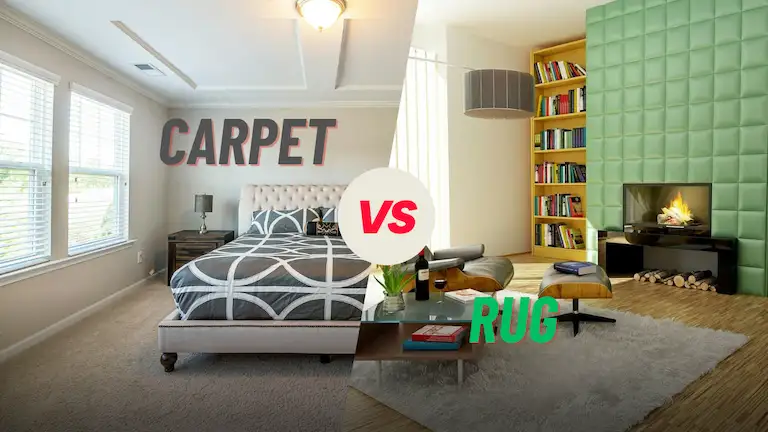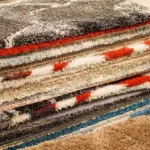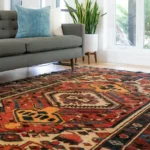Defining the Key Differences: Carpet vs Rug
When it comes to interior decor, the terms “carpet” and “rug” are often used interchangeably, creating confusion for many homeowners. When deciding between carpets and rugs for your home, it’s important to understand the key differences. Carpet and rugs have some notable differences when it comes to size, placement, and construction. This guide provides a detailed comparison to inform your floor covering decisions between a carpet or a rug.
Table of Contents
Defining Rug vs Carpet:
Before we explore the differences, let’s define these terms. A rug is a textile floor covering that typically does not cover the entire floor space, whereas a carpet is a larger, wall-to-wall covering. Understanding this fundamental contrast sets the stage for a deeper exploration of their unique properties.
Size Matters:
One of the primary differences between rugs and carpets is size. Carpets are wide, covering entire rooms and seamlessly integrating into the overall design of the space. On the other hand, rugs are smaller and often used as accent pieces to define specific areas within a room.
Material and Construction:
Both carpets and rugs come in a variety of materials, from natural fibers like wool and cotton to synthetic options like nylon and polyester. Rugs, being smaller, are often crafted with more intricate details and designs, while carpets prioritize durability due to their larger size and increased foot traffic.
Placement and Functionality:
A Carpet and a Rug: Understanding where to use each.
- Carpets: Ideal for living rooms, bedrooms, and high-traffic areas.
- Rugs: Perfect for defining seating areas, adding warmth to hardwood floors, or anchoring furniture in smaller spaces.
What is the difference between carpet and a rug?
Carpets are permanently affixed flooring coverings that stretch wall-to-wall to cover large open spaces of a room. Rugs are smaller movable pieces that do not permanently attach to the floor. They come in a range of sizes, from small doormats to larger area rugs.
Making an Informed Choice between a carpet or a rug
Carpets and rugs serve unique purposes, so consider how each might best meet your needs. Calculate room dimensions, likely foot traffic, placement versatility, and style preferences. Keep this “carpets vs. rugs” comparison in mind as you shop to make informed floor covering decisions for your residential or commercial space. Figuring out your goals and preferences first allows you to effectively navigate the range of carpet and rug options on the market.
FAQs
Which is better carpet or rug?
Carpets offer wall-to-wall coverage, better insulation, and noise reduction. They’re ideal for large areas and permanent solutions. Rugs are more versatile, easier to clean and replace, and allow for easy floor material changes. Neither is universally “better” – the best choice varies based on specific circumstances and personal taste.
Can you put a rug on top of carpet?
Yes, you can put a rug on top of carpet. This layering technique is often used to add visual interest, define spaces within a room, or protect high-traffic areas of carpeting. When placing a rug over carpet, choose a low-pile rug to prevent tripping hazards and use a non-slip rug pad to keep it in place. This approach can refresh the look of a carpeted room without the expense of replacing the carpet. However, be mindful of potential bunching or shifting, especially on plush carpets.
How long do carpets last compared to rugs?
Carpets typically last 5-15 years, while rugs can last 20-30 years or more. Carpet durability depends on quality, traffic, and maintenance. High-quality rugs, especially hand-knotted ones, often outlast carpets due to better materials and craftsmanship. However, rugs in high-traffic areas may wear faster than wall-to-wall carpet. Regular cleaning and proper care significantly extend the lifespan of both. Ultimately, longevity varies based on material, usage, and maintenance practices.



